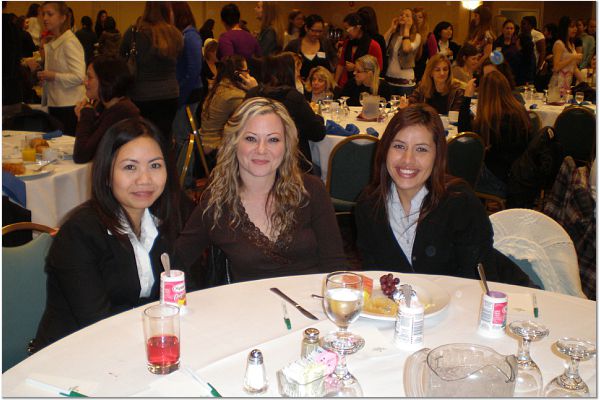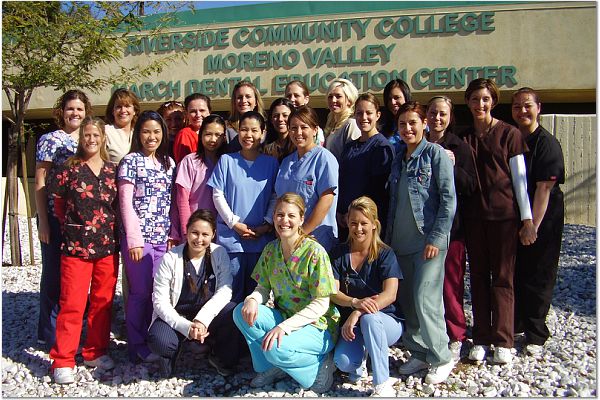Professionalism
Accomplishments
Recurrent Aphthous Ulcers
Recurrent aphthous uler is a common disease that can interfere with a patient’s speaking and eating ability. Any daily activities can trigger an aphthous ulcer, such as: exaggerated brushing technique, acidic or spicy foods consumption, or stress are major predisposing factors (Aphthous Ulcers, 2008). The purpose of this paper is to review the study about recurrent aphthous ulcer regard to clinical manifestations, etiology, differential diagnoses, and the current treatment modalities.
Definition
Recurrent aphthous ulcers (RAU) are called canker sores or oral mucosal ulcerations (Preshaw, et al. 2007). Three types of RAU are minor, major, and herpetiform. Minor aphthous ulcer is the most common RAU that affects 70 to 90 percent of all RAU cases, and the lesion is less than one centimeter in diameter (Preshaw et al. 2007). Lesions that are greater than one centimeter in diameter are major aphthous ulcers, which needs to be biopsy because major aphthous ulcers resemble squamous cell carcinoma symptoms (Gerger, 2008). Finally, herpetiform aphthous ulcer presents as tiny multiple lesions which can be mistaken for herpes simplex (Preshaw et al. 2007).
Clinical Manifestations
Recurrent aphthous ulcers appear as yellow core and erythematous halo and they are different from surrounding tissue (Kutcher,
Etiology
Etiology of aphthous ulcers are unclear, but appears to be multifactorial such as genetic predisposition, allergic, anxiety, stress, trauma, immulogical element, nutritional deficiency, and systemic factors (Murray, McGuinness, Biagioni, Hyland, & Lamey, 2005). Trauma is the common cause of mouth ulcer such as toothbrush abrasion, lips or cheeks biting, or braces (“Aphthous Ulcer”, 2008). Some foods that are high in gluten can also trigger aphthous ulcers (Scully, Grosky, & Lozada-Nur, 2003). Stress can lead to hormonal changes, which is a predisposing factor for RAU such as women during menstruation or pregnancy (McCullough et al. 2007). According to Ship (as cited by McCullough, 2007), most medical and dental students who have RAU are during their emotional depression; for example, during midterms and finals. The study also shows that anxiety can influence the progression on RAU (McCullough et al. 2007).
Differential Diagnosis
Differential diagnosis of recurrent aphthous ulcers are periodic fever, pharyngitis and aphthae, Behcet’s syndrome, HIV infection, and lichen planus (Femiano, Gombos, Nunziata, Esposito, & Scully, 2005). Patients with bowel disease also present with aphthous-like ulcers (Heyde, 2008).
Treatment
Numerous treatments have been studied to evaluate RAU. The primary goals are to reduce pain, help ulcer heal, and prevent future occurrences (Preshaw et al. 2007). Subantimicrobial dose doxycycline (SDD) was discovered to be effective in treatment of RAU (Preshaw et al. 2007). A study of fifty patients with recurrent aphthous ulcer were randomly selected from Research Ethics Committee testified that SDD helped in pain reduction and prevented new oral ulcer from developing because SDD showed inhibition of mast cells. These mast cells are often located underneath aphthae and involved in developing of ulcers (Preshaw et al. 2007). Tetracycline is an antibiotic agent and is also tested to be effective in treatment of aphthous ulcers because tetracycline inhibited the production of mast cells (Preshaw et al. 2007).
A study of 228 patients in
Numerous topical agents were also studied to manage RAU such as Aphtheal. Fifty-seven people with RAU were randomly selected by Block Drug Company Inc. United Stated to be treated. Aphtheal containing 5% Amlexanox paste has been shown in reduction pain and ulcer size and increasing healing time. Suggestions were made; stating that Aphtheal application in early stage of lesion development will give the best result (Murray et al. 2005).
Another topical medication that was studied in the management of RAU is hyaluronic acid, which functions as a tissue-healing reagent (Nolan, Baillie, Badminton, Rudralingham, &
Finally, a study about how effective 2-octyl cyanoacrylate, a bioadhesive, works on RAU was performed by the United State Food and Drug Administration. The study were on 200 patients with at least one oral lesion involved in the experiment. The result of the study was that the bioadhesive serves as a pain relief reagent. Bioadhesive is available over the counter and can be used by everyone (Kutcher et al. 2001).
Conclusion
Recurrent aphthous ulcers can be recognized by clinical appearance and can be triggered by any daily activities (Aphthous Ulcer, 2008). Even though the exact treatment for RAU has not been discovered, numerous over the counter medicines or topical agents are available to help reduce pain, promote healing, and prevent future recurrent (Kutcher et al. 2001). Dental professionals should be aware of aphthous ulcers present in patient mouth to avoid further trauma to patients. Knowing what medications to recommend to patients is also important in regards to patients discomfort and stress.
References

 CDHA conference
CDHA conference  our class is a team.
our class is a team.